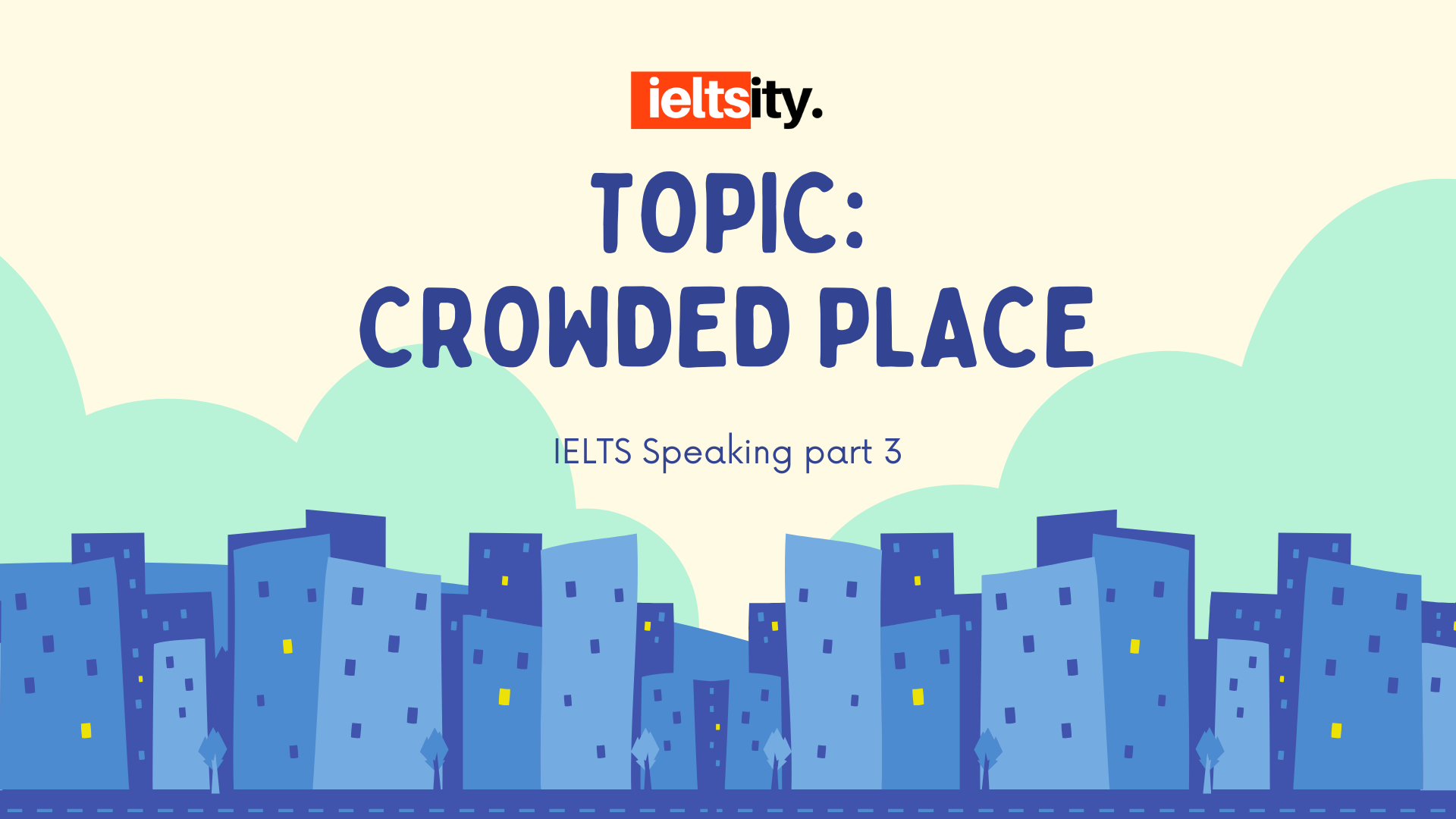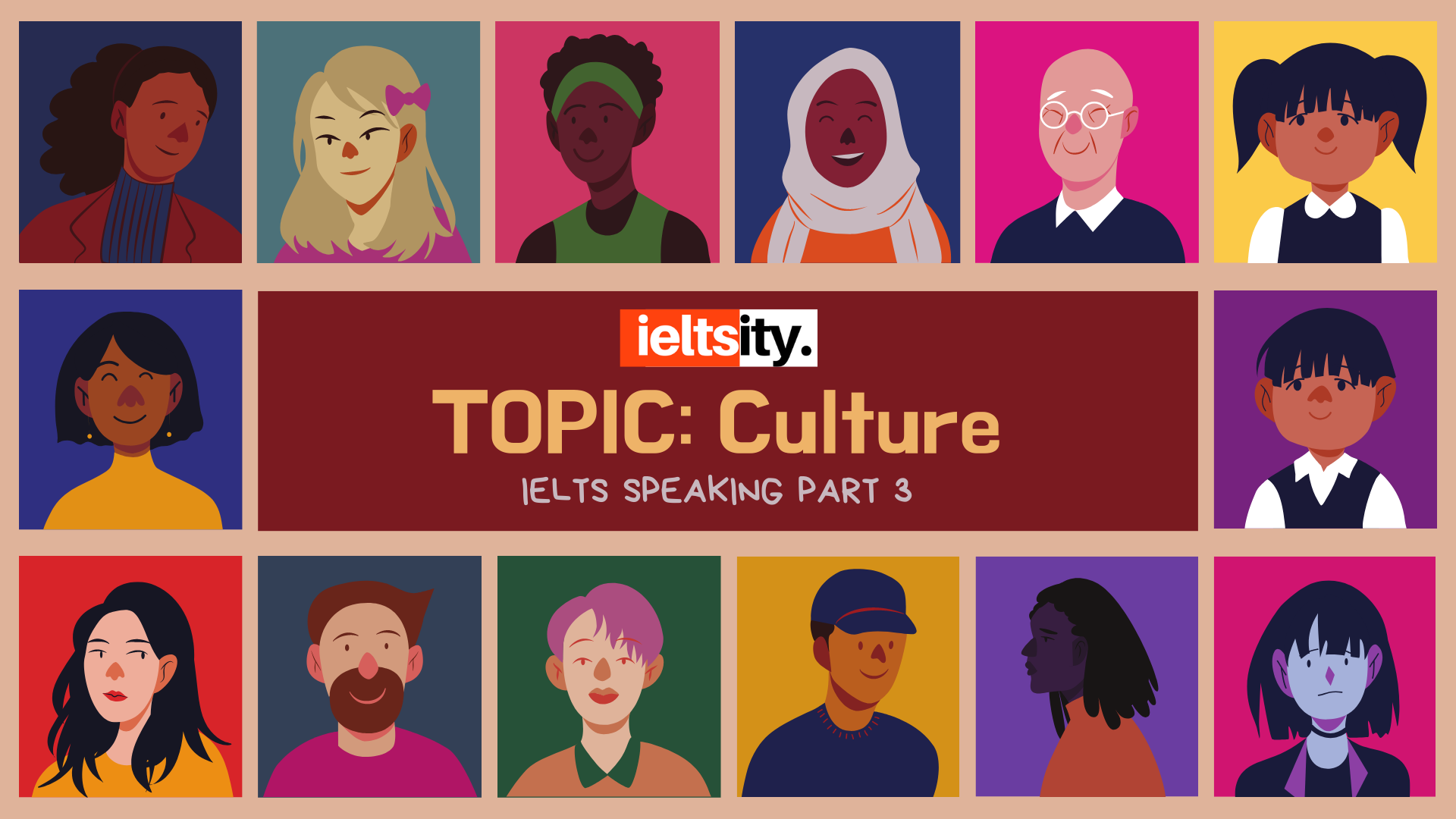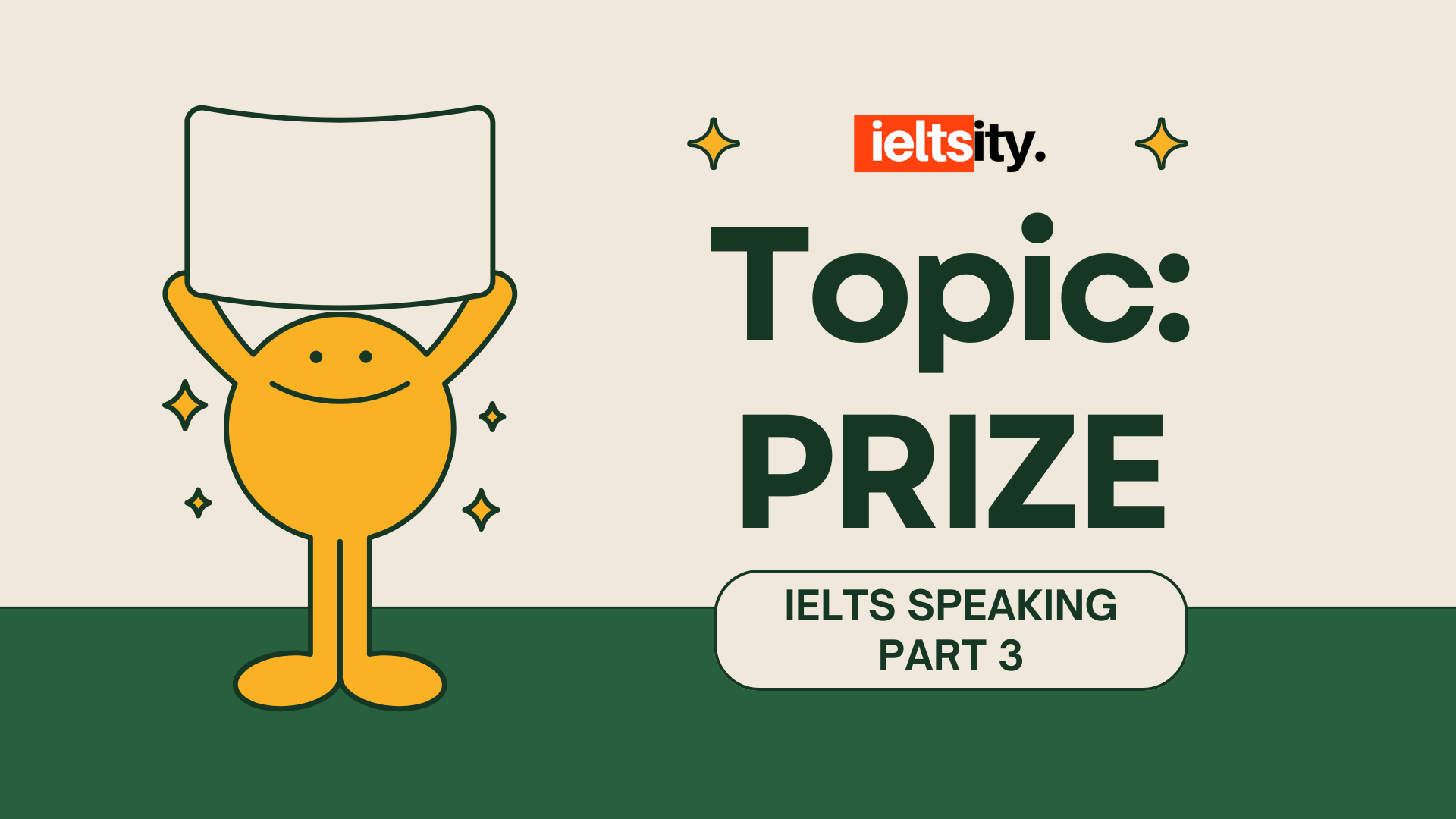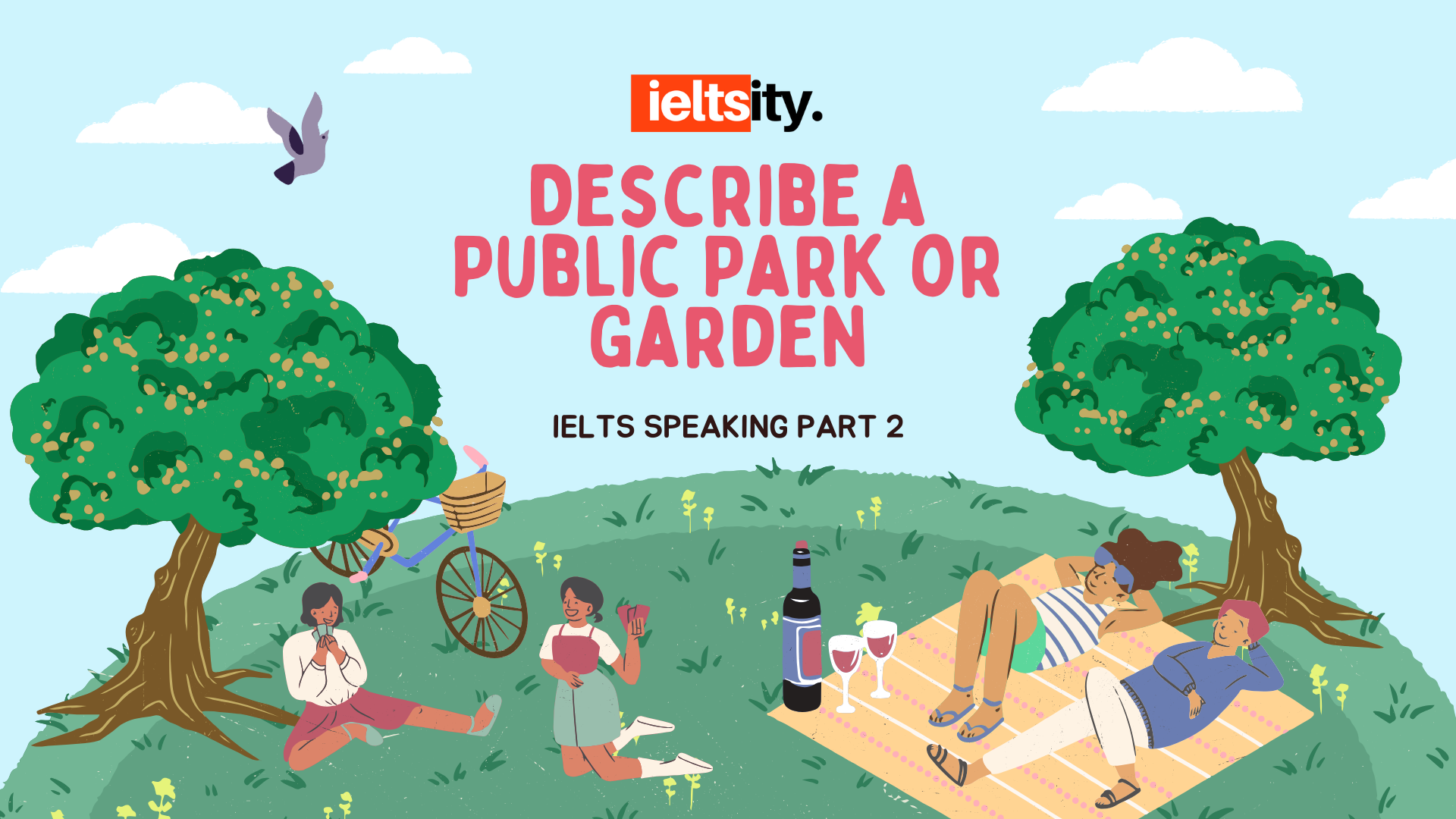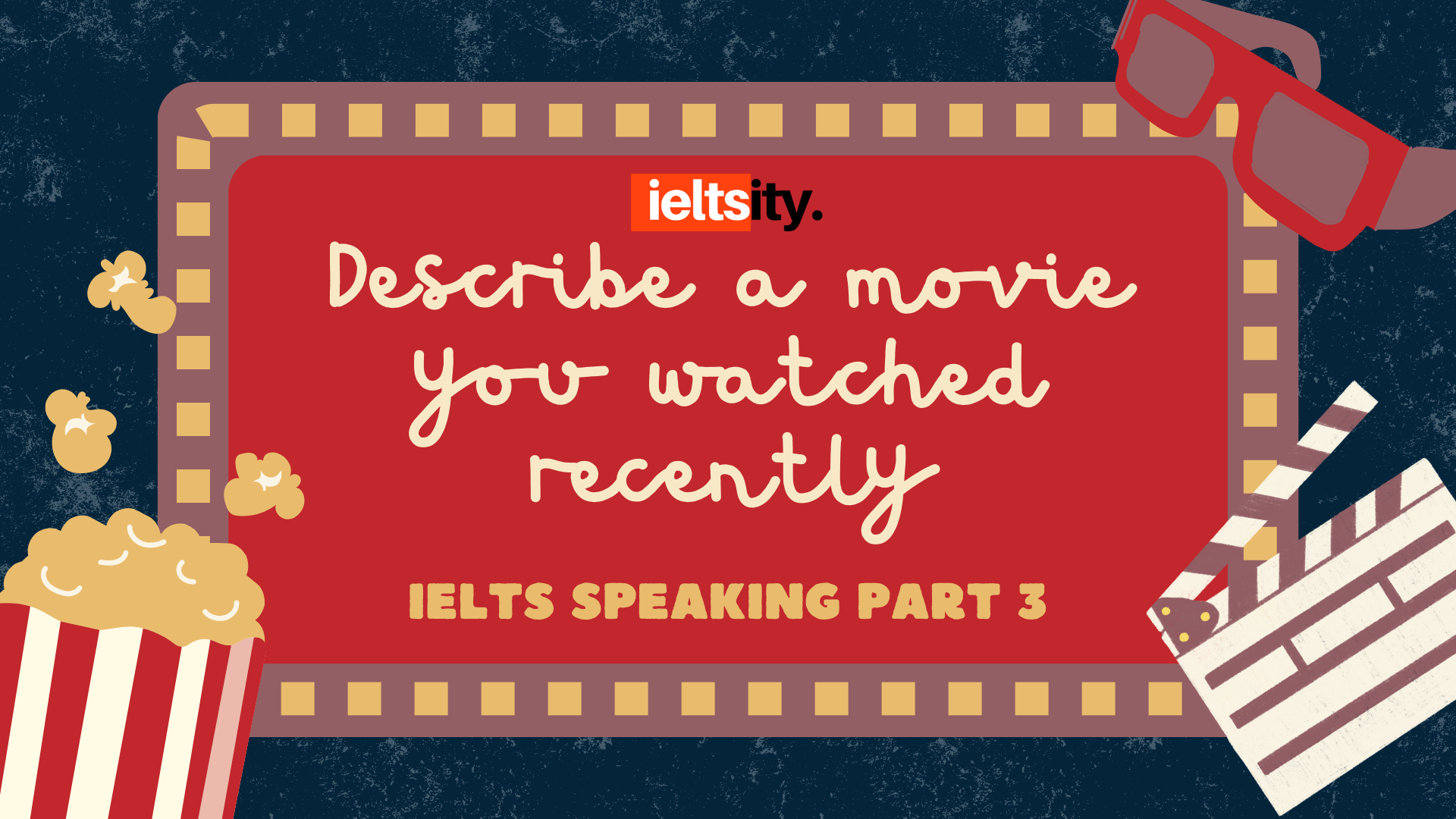Tóm tắt nội dung

Đáp án
| 27. C | 34. E |
|---|---|
| 28. A | 35. D |
| 29. D | 36. YES |
| 30. C | 37. NOT GIVEN |
| 31. B | 38. NO |
| 32. G | 39. YES |
| 33. F | 40. YES |
How stress affects our judgement
Some of the most important decisions of our lives occur while we’re feeling stressed and anxious. From medical decisions to financial and professional ones, we are all sometimes required to weigh up information under stressful conditions. (Q27) But do we become better or worse at processing and using information under such circumstances?
My colleague and I, both neuroscientists, wanted to investigate how the mind operates under stress, so we visited some local fire stations. Firefighters’ workdays vary quite a bit. Some are pretty relaxed; they’ll spend their time washing the truck, cleaning equipment, cooking meals and reading. Other days can be hectic, with numerous life-threatening incidents to attend to; they’ll enter burning homes to rescue trapped residents, and assist with medical emergencies. These ups and downs presented the perfect setting for an experiment on how people’s ability to use information changes when they feel under pressure. (Q28)
We found that perceived threat acted as a trigger for a stress reaction that made the task of processing information easier for the firefighters – but only as long as it conveyed bad news. This is how we arrived at these results.
We asked the firefighters to estimate their likelihood of experiencing 40 different adverse events in their life, such as being involved in an accident or becoming a victim of card fraud. We then gave them either good news (that their likelihood of experiencing these events was lower than they’d thought) or bad news (that it was higher) and asked them to provide new estimates. (Q29)
People are normally quite optimistic – they will ignore bad news and embrace the good. This is what happened when the firefighters were relaxed; (Q31) but when they were under stress, a different pattern emerged. Under these conditions, they became hyper-vigilant to bad news, even when it had nothing to do with their job (such as learning that the likelihood of card fraud was higher than they’d thought), and altered their beliefs in response. (Q32) In contrast, stress didn’t change how they responded to good news (such as learning that the likelihood of card fraud was lower than they’d thought). (Q33)
Back in our lab, we observed the same pattern in students who were told they had to give a surprise public speech, which would be judged by a panel, recorded and posted online. Sure enough, their cortisol levels spiked, their heart rates went up and they suddenly became better at processing unrelated, yet alarming, information about rates of disease and violence. (Q34)
When we experience stressful events, a physiological change is triggered that causes us to take in warnings and focus on what might go wrong. (Q30+Q35) Brain imaging reveals that this ‘switch’ is related to a sudden boost in a neural signal important for learning, specifically in response to unexpected warning signs, such as faces expressing fear. Such neural engineering could have helped prehistoric humans to survive. When our ancestors found themselves surrounded by hungry animals, they would have benefited from an increased ability to learn about hazards. In a safe environment, however, it would have been wasteful to be on high alert constantly. So, a neural switch that automatically increases or decreases our ability to process warnings in response to changes in our environment could have been useful. In fact, people with clinical depression and anxiety seem unable to switch away from a state in which they absorb all the negative messages around them.
It is also important to realise that stress travels rapidly from one person to the next. If a co-worker is stressed, we are more likely to tense up and feel stressed ourselves. We don’t even need to be in the same room with someone for their emotions to influence our behaviour.
Studies show that if we observe positive feeds on social media, such as images of a pink sunset, we are more likely to post uplifting messages ourselves. If we observe negative posts, such as complaints about a long queue at the coffee shop, we will in turn create more negative posts. (Q36)
In some ways, many of us now live as if we are in danger, constantly ready to tackle demanding emails and text messages, and respond to news alerts and comments on social media. Repeatedly checking your phone, according to a survey conducted by the American Psychological Association, is related to stress. In other words, a pre-programmed physiological reaction, which evolution has equipped us with to help us avoid famished predators, is now being triggered by an online post. Social media posting, according to one study, raises your pulse, makes you sweat, and enlarges your pupils more than most daily activities.
The fact that stress increases the likelihood that we will focus more on alarming messages, together with the fact that it spreads extremely rapidly, can create collective fear that is not always justified. After a stressful public event, such as a natural disaster or major financial crash, there is often a wave of alarming information in traditional and social media, which individuals become very aware of. (Q38) But that has the effect of exaggerating existing danger. And so, a reliable pattern emerges – stress is triggered, spreading from one person to the next, which temporarily enhances the likelihood that people will take in negative reports, which increases stress further. As a result, trips are cancelled, even if the disaster took place across the globe; stocks are sold, even when holding on is the best thing to do. (Q39)
The good news, however, is that positive emotions, such as hope, are contagious too, and are powerful in inducing people to act to find solutions. (Q40) Being aware of the close relationship between people’s emotional state and how they process information can help us frame our messages more effectively and become conscientious agents of change.
Questions 27–30
Choose the correct letter, A, B, C or D.
27. In the first paragraph, the writer introduces the topic of the text by
A. defining some commonly used terms.
B. questioning a widely held assumption.
C. mentioning a challenge faced by everyone.
D. specifying a situation which makes us most anxious.
- What point does the writer make about firefighters in the second paragraph?
A. The regular changes of stress levels in their working lives make them ideal study subjects.
B. The strategies they use to handle stress are of particular interest to researchers.
C. The stressful nature of their job is typical of many public service professions.
D. Their personalities make them especially well-suited to working under stress.
- What is the writer doing in the fourth paragraph?
A. explaining their findings
B. justifying their approach
C. setting out their objectives
D. describing their methodology
- In the fifth paragraph, the writer describes a mechanism in the brain which
A. enables people to respond more quickly to stressful situations.
B. results in increased ability to control our levels of anxiety.
C. produces heightened sensitivity to indications of external threats.
D. is activated when there is a need to communicate a sense of danger.
Questions 31–35
Complete each sentence with the correct ending, A–G, below.
- At times when they were relaxed, the firefighters usually
- The researchers noted that when the firefighters were stressed, they
- When the firefighters were told good news, they always
- The students’ cortisol levels and heart rates were affected when the researchers
- In both experiments, negative information was processed better when the subjects
| A. made them feel optimistic.
B. took relatively little notice of bad news. C. responded to negative and positive information in the same way. D. were feeling under stress. E. put them in a stressful situation. F. behaved in a similar manner, regardless of the circumstances. G. thought it is more likely that they would experience something bad. |
Questions 36–40
Do the following statements agree with the information given in Reading Passage 3?
YES – if the statement agrees with the claims of the writer
NO – if the statement contradicts the claims of the writer
NOT GIVEN – if it is impossible to say what the writer thinks about this
- The tone of the content we post on social media tends to reflect the nature of the posts in our feeds.
- Phones have a greater impact on our stress levels than other electronic media devices.
- The more we read about a stressful public event on social media, the less able we are to take the information in.
- Stress created by social media posts can lead us to take unnecessary precautions.
- Our tendency to be affected by other people’s moods can be used in a positive way.
Giải thích chi tiết
| Câu hỏi | Đáp án | Từ khóa
trong câu hỏi |
Từ đồng nghĩa
trong bài |
Giải thích |
| 27 | C | mentioning a challenge faced by everyone. | From medical decisions to financial and professional ones, we are all sometimes required to weigh up information under stressful conditions. | Từ các quyết định y tế đến tài chính và nghề nghiệp, tất cả chúng ta đôi khi đều phải cân nhắc thông tin trong những điều kiện căng thẳng. |
| 28 | A | The regular changes of stress levels in their working lives make them ideal study subjects. | These ups and downs presented the perfect setting for an experiment on how people’s ability to use information changes when they feel under pressure. | Những thăng trầm [trong công việc] này tạo ra bối cảnh hoàn hảo cho một thí nghiệm về khả năng sử dụng thông tin của con người thay đổi thế nào khi họ bị áp lực. |
| 29 | D | describing their methodology | We asked the firefighters to estimate their likelihood of experiencing 40 different adverse events in their life, such as being involved in an accident or becoming a victim of card fraud. We then gave them either good news (that their likelihood of experiencing these events was lower than they’d thought) or bad news (that it was higher) and asked them to provide new estimates. | Chúng tôi đã yêu cầu các lính cứu hỏa ước tính khả năng họ sẽ gặp phải 40 sự kiện bất lợi khác nhau trong cuộc đời, chẳng hạn như bị tai nạn hoặc trở thành nạn nhân của gian lận thẻ. Sau đó, chúng tôi cung cấp cho họ tin tốt (rằng khả năng xảy ra các sự kiện này thấp hơn họ nghĩ) hoặc tin xấu (rằng khả năng đó cao hơn), rồi yêu cầu họ đưa ra các ước tính mới. |
| 30 | C | produces heightened sensitivity to indications of external threats. | When we experience stressful events, a physiological change is triggered that causes us to take in warnings and focus on what might go wrong. | Khi chúng ta trải qua những sự kiện căng thẳng, một sự thay đổi sinh lý được kích hoạt khiến chúng ta tiếp nhận các cảnh báo và tập trung vào những thứ có thể đi sai hướng. |
| 31 | B | took relatively little notice of bad news. | People are normally quite optimistic – they will ignore bad news and embrace the good. This is what happened when the firefighters were relaxed; | Con người thường khá lạc quan – họ sẽ phớt lờ những tin xấu và đón nhận những tin tốt. Đây chính là điều đã xảy ra khi các lính cứu hỏa đang ở trong trạng thái thư giãn. |
| 32 | G | thought it is more likely that they would experience something bad. | Under these conditions, they became hyper-vigilant to bad news, even when it had nothing to do with their job (such as learning that the likelihood of card fraud was higher than they’d thought), and altered their beliefs in response. | Trong những điều kiện như vậy, họ trở nên cực kỳ cảnh giác với những tin xấu, ngay cả khi những tin đó không liên quan gì đến công việc của họ (chẳng hạn như khi biết rằng khả năng bị lừa đảo thẻ tín dụng cao hơn họ từng nghĩ), và họ đã thay đổi niềm tin của mình theo đó. |
| 33 | F | behaved in a similar manner, regardless of the circumstances. | In contrast, stress didn’t change how they responded to good news (such as learning that the likelihood of card fraud was lower than they’d thought). | Trái lại, sự căng thẳng không làm thay đổi cách họ phản ứng với những tin tốt (chẳng hạn như khi biết rằng khả năng bị lừa đảo thẻ tín dụng thấp hơn họ từng nghĩ). |
| 34 | E | put them in a stressful situation. | Back in our lab, we observed the same pattern in students who were told they had to give a surprise public speech, which would be judged by a panel, recorded and posted online. Sure enough, their cortisol levels spiked, their heart rates went up and they suddenly became better at processing unrelated, yet alarming, information about rates of disease and violence. | Trở lại phòng thí nghiệm của chúng tôi, chúng tôi quan sát thấy xu hướng tương tự ở các sinh viên khi họ được thông báo rằng họ phải thuyết trình bất ngờ trước đám đông, được ban giám khảo đánh giá, ghi hình và đăng lên mạng. Quả đúng như dự đoán, mức cortisol của họ tăng vọt, nhịp tim tăng lên và họ đột nhiên trở nên giỏi hơn trong việc xử lý những thông tin không liên quan cho lắm nhưng đáng lo ngại về tỷ lệ bệnh tật và bạo lực. |
| 35 | D | were feeling under stress. | When we experience stressful events, a physiological change is triggered that causes us to take in warnings and focus on what might go wrong. | [Trong cả hai thí nghiệm mà đặt người tham gia vào một tình huống căng thẳng], một sự thay đổi sinh lý được kích hoạt khiến chúng ta tiếp nhận các cảnh báo và tập trung vào những thứ có thể đi sai hướng. |
| 36 | YES | The tone of the content we post on social media tends to reflect the nature of the posts in our feeds. | Studies show that if we observe positive feeds on social media, such as images of a pink sunset, we are more likely to post uplifting messages ourselves. If we observe negative posts, such as complaints about a long queue at the coffee shop, we will in turn create more negative posts. | Các nghiên cứu cho thấy rằng nếu chúng ta nhìn thấy những nội dung tích cực trên newsfeed, chẳng hạn như hình ảnh hoàng hôn màu hồng, chúng ta có xu hướng đăng tải những thông điệp vui vẻ hơn. Ngược lại, nếu chúng ta bắt gặp những bài đăng tiêu cực, như lời than phiền về hàng chờ dài ở quán cà phê, chúng ta cũng sẽ có xu hướng đăng những nội dung tiêu cực nhiều hơn. |
| 37 | NOT GIVEN | Phones have a greater impact on our stress levels than other electronic media devices. | Không có thông tin liên quan trong bài. | |
| 38 | NO | The more we read about a stressful public event on social media, the less able we are to take the information in. | After a stressful public event, such as a natural disaster or major financial crash, there is often a wave of alarming information in traditional and social media, which individuals become very aware of. | Sau một sự kiện công cộng đầy căng thẳng, chẳng hạn như một thảm họa thiên nhiên hoặc một cuộc khủng hoảng tài chính lớn, thường sẽ có một làn sóng thông tin đáng lo ngại lan truyền trên các phương tiện truyền thông truyền thống và mạng xã hội, và cá nhân con người trở nên đặc biệt nhạy cảm với những thông tin này. ⇒ Mọi người nhận thức mạnh mẽ hơn chứ không phải ít đi. Điều này mâu thuẫn với câu hỏi. |
| 39 | YES | Stress created by social media posts can lead us to take unnecessary precautions. | But that has the effect of exaggerating existing danger. And so, a reliable pattern emerges – stress is triggered, spreading from one person to the next, which temporarily enhances the likelihood that people will take in negative reports, which increases stress further. As a result, trips are cancelled, even if the disaster took place across the globe; stocks are sold, even when holding on is the best thing to do. | Nhưng điều đó lại có tác dụng phóng đại mức độ nguy hiểm thực tế. Và vì vậy, một xu hướng quen thuộc xuất hiện – căng thẳng bị kích hoạt và lan truyền từ người này sang người khác, làm tăng khả năng mọi người tiếp nhận các thông tin tiêu cực, từ đó khiến mức độ căng thẳng càng gia tăng. Kết quả là các chuyến đi bị hủy bỏ, ngay cả khi thảm họa xảy ra ở bên kia địa cầu; cổ phiếu bị bán ra, dù giữ lại mới là lựa chọn tốt nhất. ⇒ Đây là những biện pháp phòng ngừa không cần thiết.vv |
| 40 | YES | Our tendency to be affected by other people’s moods can be used in a positive way. | The good news, however, is that positive emotions, such as hope, are contagious too, and are powerful in inducing people to act to find solutions. | Tuy nhiên, tin tốt là những cảm xúc tích cực, chẳng hạn như hy vọng, cũng có tính lan truyền, và chúng có sức mạnh lớn trong việc thúc đẩy con người hành động để tìm ra giải pháp. |
Bài viết tương tự
Đón chờ các bài viết sắp tới tại thư viện IELTSITY nhé!




